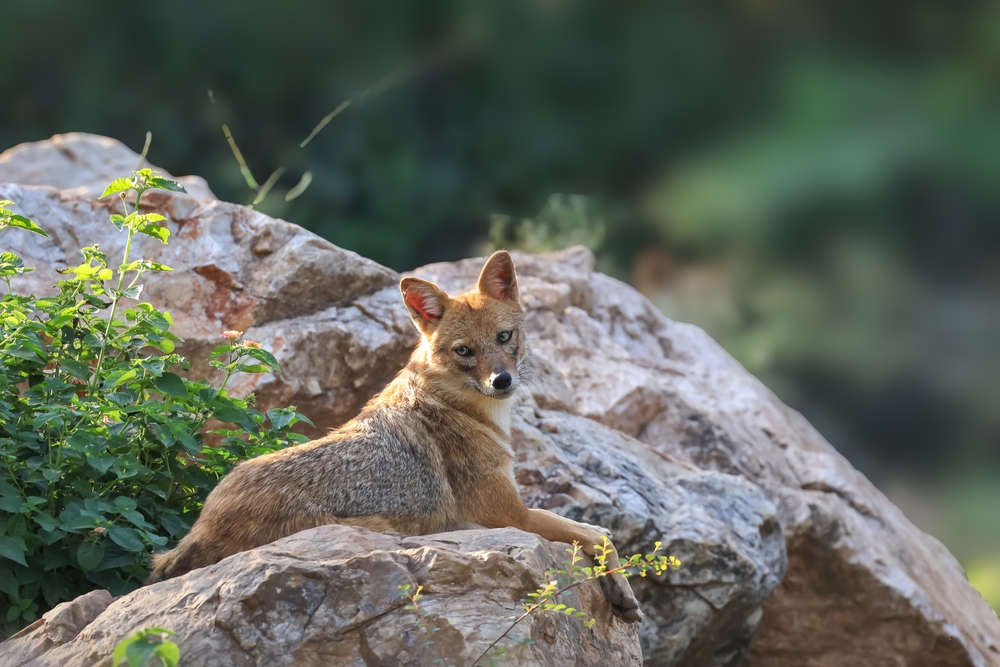Bhitarkanika Overview
Bhitarkanika National Park, locally known as Bhitarkanika Abhyaran, is a unique and biodiverse sanctuary located in the Kendrapara district of Odisha, India. Covering an area of approximately 145 square miles (375 square kilometers), the park is nestled along the eastern coastline of India where the Brahmani, Baitarani, and Dhamra rivers converge before flowing into the Bay of Bengal. It is one of India’s most significant ecological hotspots, boasting a mix of mangrove forests, tidal rivers, estuaries, and mudflats that provide a dynamic landscape teeming with life.
The terrain of Bhitarkanika is dominated by lush mangrove forests, which are among the largest in India, interspersed with tidal water channels and sandbanks. The intricate network of creeks and estuaries creates a unique ecosystem supporting a remarkable diversity of flora and fauna. The park’s vegetation primarily consists of mangrove species such as Avicennia, Sonneratia, and Rhizophora. These mangroves not only stabilize the coastline but also serve as a critical breeding ground for marine life. Bhitarkanika is also home to several salt-tolerant plant species, dense riverine forests, and patches of grasslands that add to the variety of its landscapes.
Bhitarkanika is renowned for its rich wildlife. The park is a sanctuary for saltwater crocodiles (Crocodylus porosus), with some individuals growing to massive sizes, making it one of the largest habitats for these reptiles in India. Other key mammals include the spotted deer, wild boar, Indian jackal, and fishing cats, which thrive in the dense forests and wetlands. The avian diversity is equally impressive, with Bhitarkanika serving as a vital stopover for migratory birds. Species like Asian openbill storks, black-necked storks, and various kingfishers are commonly spotted. The park is also known for its large population of resident and migratory waterfowl.
A popular feature of Bhitarkanika is the Gahirmatha Marine Sanctuary, which lies adjacent to the park and is a vital nesting ground for the endangered Olive Ridley sea turtles. The serene rivers and creeks of Bhitarkanika provide ideal conditions for boat safaris, offering visitors an opportunity to observe the park’s wildlife up close. Birdwatching is another significant draw, particularly during the winter months when migratory species arrive in large numbers. Additionally, trekking through the forest trails and visiting the historic Bhitarkanika Fort add to the experiences available to visitors.
Conservation in Bhitarkanika has been a success story, particularly with the revival of saltwater crocodile populations, thanks to effective habitat protection and breeding programs. However, the park faces challenges such as human encroachment, illegal fishing, and climate change, which threaten its fragile ecosystems. Efforts to address these issues include regular monitoring, community engagement, and eco-tourism initiatives that aim to balance conservation with sustainable development.










































































